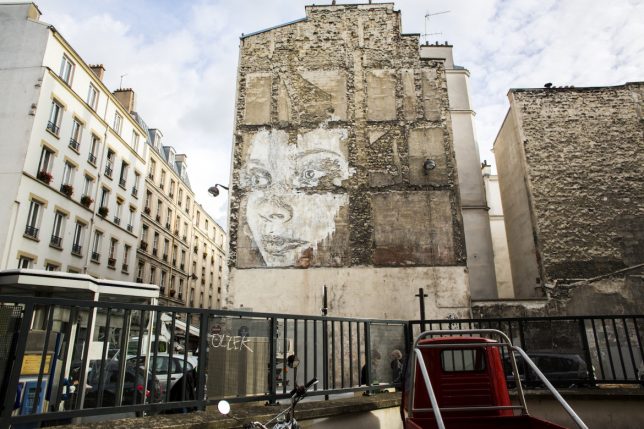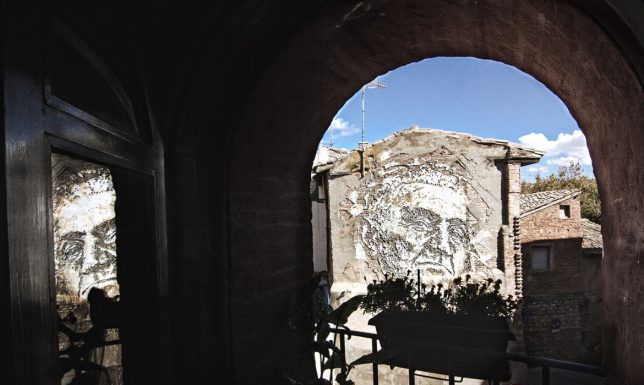Apple has announced a new version of the iPhone SE, its most affordable iPhone model. The new iPhone SE shares many of the features of the now-discontinued iPhone 8 model, including its glass-backed design and single camera.
Looking first at how the new second-generation iPhone SE compares to the original iPhone SE model, the new model is larger and now includes a 4.7″ HDR-capable Retina HD display rather than the 4″ Retina display of the original. Apple has upgraded its processors numerous times since the original iPhone SE launched with an A9 processor, and the new SE model comes with Apple’s A13 Bionic chip. Apple states that this chip results in 2.4 times faster CPU performance and 4 times faster GPU performance when compared to the A9.
Physically, the iPhone SE is very similar to the iPhone 8’s design. It utilizes a glass and aluminum design and is water-resistant to a depth of a meter for up to 30 minutes. The iPhone SE is 138.4mm (5.45″) tall, 67.3mm (2.65″) wide and has a depth of 7.3mm (0.29″). The phone weighs 148 grams (5.2 ounces).
The True Tone 4.7″ display is LCD and features IPS technology. The resolution is 1334 x 750 pixels at 326 ppi. During typical use, the contrast ratio is 1400:1. The phone can display wide color (P3) and has a maximum brightness of 625 nits.
Despite featuring a single camera, the iPhone SE (2nd generation) includes Apple’s Portrait mode (Night Mode is notably absent). The rear camera is a single 12MP wide camera, the same as the iPhone SE (1st generation), but the new phone has a faster F1.8 aperture compared to F2.2. The F1.8 lens includes six elements and features a sapphire crystal cover. Further, the new model now includes optical image stabilization, True Tone flash with slow sync and next-generation Smart HDR when capturing photos.
 |
| The iPhone SE (2nd generation) includes six Portrait Lighting effects. In these sample images, we see the Natural, Contour and Stage Mono effects. Image credits: Apple |
The Portrait mode in the new iPhone SE includes advanced bokeh and depth control plus six Portrait Lighting effects: natural, studio, contour, stage, stage mono and high-key mono.
Additional camera features include panorama capture (up to 63MP), wide color capture, Live Photos, red-eye correction, auto stabilization, burst mode, photo geotagging and HEIF format image capture.
For video recording, Apple’s latest iPhone SE model can record 4K video at 24 fps, 30 fps or 60 fps, plus Full HD video 30 fps or 60 fps. The phone can also record with an extended dynamic range for video at up to 30 fps and includes optical image stabilization during recording. Full HD video can be recorded at 120 fps or 240 fps. Users can also record QuickTake video and the phone includes stereo recording. If you want to capture time lapse videos, the iPhone SE can do this as well, including with stabilization. Recording is captured in HEVC and H.264 formats.
 |
| The new iPhone SE includes a depth slider when using the Portrait mode. Here we see F1.8 (left) versus F16 (right). Image credit: Apple |
The front camera is vastly improved in the 2nd generation iPhone SE. The megapixel count is up to 7MP from 1.2MP and the aperture is slightly faster at F2.2 compared to F2.4. The front camera includes Retina Flash, Auto HDR and can capture Portrait mode images with the same six effects as the rear camera. Further, you can record 1080p video at up to 30 fps using the front-facing camera.
In terms of connectivity, the iPhone SE (2nd generation) is much faster than the older iPhone SE. The phone includes Gigabit-class LTE, 802.11ax Wi-Fi 6 with MIMO and Bluetooth 5.0. The new Touch ID should also be faster with the new model. In line with other recent iPhone models, the revised SE forgoes a headphone jack and includes only a Lightning connector.
Users should expect similar battery life as the iPhone 8. This means that the built-in rechargeable lithium-ion battery will offer up to 13 hours of video playback and up to 40 hours of audio playback. The iPhone SE is now capable of wireless charging and includes fast charge with an 18W adapter (sold separately).
 |
| Image credit: Apple |
Despite sharing many similarities with the iPhone 8, the iPhone SE (2nd generation) does have several differences. In terms of processing power, the iPhone 8 utilized an A11 chip rather than the A13 in the new SE. Further, the iPhone 8 did not include Apple’s Portrait mode or Apple’s latest next-generation Smart HDR image capture. Video features are similar between the two phones, but the iPhone 8 did not include extended dynamic range video capture, QuickTake video nor Stereo recording.
The iPhone SE is available in black, white and (PRODUCT)RED colorways. Available storage capacities are 64, 128 and 256GB. Pricing starts at $ 399 USD for the 64GB model and increases to $ 549 for the 256GB model. Pre-order begins at 5:00 a.m. PDT on April 17 with availability beginning on April 24. For more information, visit Apple’s iPhone SE product page.
Articles: Digital Photography Review (dpreview.com)











































You must be logged in to post a comment.